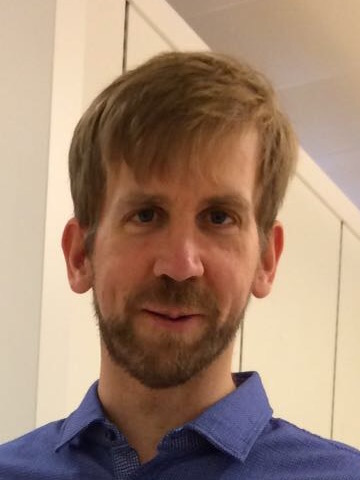
Stefan J. Wijnholds (M.Sc., M.Eng., Ph.D.)
System Researcher
System Design and Integration
ASTRON, R&D Department
+31 521-595 261
wijnholds@astron.nl
Extraordinary Associate Professor
Electrical and Electronic Engineering
University of Stellenbosch
Biography
Stefan J. Wijnholds was born in Groningen, The Netherlands, in 1978. In 2003, he received the M.Eng. degree in Applied Physics (cum laude) for a study on a measurement technique to evaluate the optics of the Heterodyne Instrument for Far Infrared (HIFI) of the Herschel Space Observatory at sub-millimeter wavelengths with the Space Research Organization of the Netherlands (SRON) in Groningen. In the same year, he also received the M.Sc. degree in Astronomy (cum laude) for a study on the integration and evaluation of a phased array antenna system for radio astronomy with the Netherlands Institute for Radio Astronomy (ASTRON) in Dwingeloo, The Netherlands.
After his graduation, he joined the R&D department of ASTRON, where he works with the system design and integration group on the development of the next generation of radio telescopes. He has been involved in integration and testing of all LOFAR (prototype) stations deployed since 2003 with a focus on station calibration and system characterization. Since 2006, he has also been affiliated with the Delft University of Technology in Delft, The Netherlands, where he received the Ph.D. degree (cum laude) in 2010 after defending his thesis on "Fish-Eye Observing with Phased Array Radio Telescopes". In 2016, the collaboration with the University of Stellenbosch, South Africa, in the context of the international endeavours to develop the Square Kilometre Array (SKA) resulted in an appointment as Extraordinary Associate Professor.
His research is focussed in the area of array signal processing, specifically
calibration and imaging, and the use of those techniques to understand the fundamenal limitations of radio telescopes. He has been and is working on several projects involving phased array systems for radio astronomy:
- the Square Kilometre Array, a future radio telescope that is envisaged to be over an order of magnitude more sensitive than current radio telescopes.
- the Low Frequency Array (LOFAR), which is a radio telescope consisting of over 100,000 antennas built in The Netherlands with extensions throughout Europe.
- the Electronic Multi-beam Radio Astronomy Concept (EMBRACE), which is a technological pathfinder for the Mid-Frequency Aperture Array system for the SKA.
- the Aperture Tile in Focus (APERTIF), which is an upgrade of the Westerbork Syntesis Radio Telescope that will increase the field-of-view of the telescope by replacing the current single receptors in the foci of the dishes by antenna arrays.